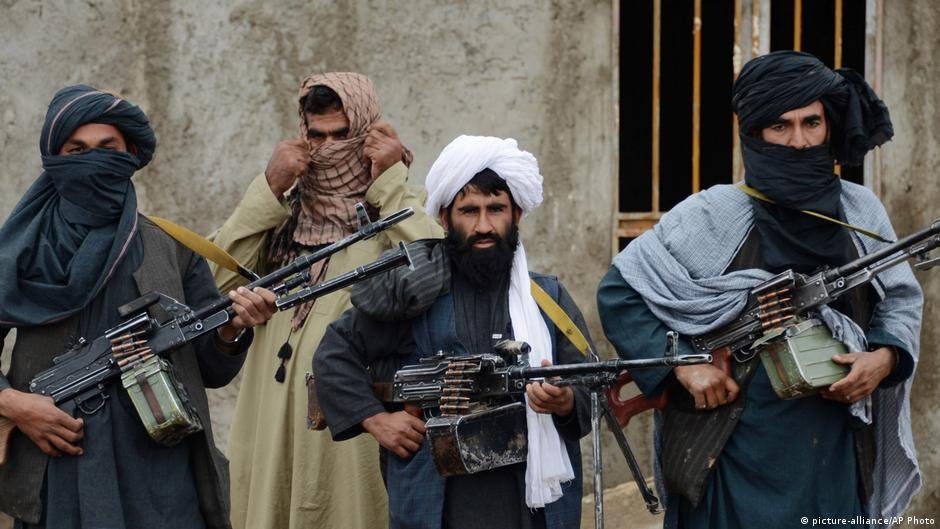The number of asylum applications from Afghan women in Germany has risen significantly in recent months. Authorities say, however, that nearly half of all cases are secondary applications following a change in law.
Compared to June 2025, the number of asylum applications lodged in Germany by Afghan women has risen sharply in recent weeks.
With around 3,100 applications across Germany, the number of application is more than twice as high as it was in June, according to the Federal Office for Migration and Refugees (BAMF).
In June, BAMF counted only around 1,300 applications by women from Afghanistan.
Overall, however, the number of asylum applications in Germany submitted by all nationalities has been falling in recent months.
Read AlsoThousands of Afghans at risk of Taliban reprisals secretly brought to UK
Nearly 10,000 applications in 2025 in total
The rise in application follows an ongoing trend observed since the beginning of the year:
In the first quarter of 2025, the monthly number of asylum applications by Afghan women was still under 1,000 per month.
In the second quarter, it rose already to a figure between around 1,200 and 1,300 asylum applications per month.
Now in the first month of the third quarter — July — the jump to over 3,000 applications by Afghan women perhaps signals a corresponding downward trend regarding the state of women's rights and human rights in general in Afghanistan.
It is expected that the number of Afghan women to submit asylum papers in Germany in 2025 will surpass the mark of 10,000 cases in the course of August.

Read AlsoAfghans seeking German visas in Pakistan fear deportation
ECJ ruling results in follow-up applications
BAMF says that one of the reasons for the recent increase in application numbers, however, is linked directly to a decision issued by the European Court of Justice (ECJ) in October 2024, when the ECJ ruled that the Taliban's level of subjugation and oppression of women had reached and breached the threshold of being considered deliberate acts of persecution.
In other words, this ruling results in Afghan women automatically being recognized as being in need of protection as refugees, because of their gender and nationality alone.
According to the BAMF, many Afghan women in Germany, who prior to this ECJ ruling had not been recognized as fully-fledged refugees but had instead been granted a lower protection status — such as subsidiary protection —, have now submitted follow-up applications to fully be recognized as refugees.
Out of a total of around 9,600 asylum applications submitted for the first seven months of the year, a total of nearly 4,500 were follow-up applications, according to the KNA news agency.

Read AlsoWomen suffering from gender-based violence can qualify for refugee status, says EU court of justice
Taliban continue to rule by violent oppression
It's now been four years since the Islamist Taliban seized power in Afghanistan after the departure of the US-backed NATO coalition.
Women in particular have been exposed to systemic oppression ever since, which by all accounts continues to deteriorate.
Excluded from partaking in public life and severely restricted in the exercise of their fundamental human rights, many women continue to try to flee the country.
Read AlsoAfghan women's rights activists in Pakistan fear deportation
In recent months, authorities in neighboring Iran and Pakistan have been deporting a growing number of Afghan nationals back to their homeland, with over a million people believed to have been forcibly returned already, and more announced for the coming months. Pakistan has recently said it plans to deport more people after a new deadline on September 1.
The UN Refugee Agency, UNHCR, has already said that Pakistan has even been deporting registered refugees.
This has forced those who can afford it to seek out alternative host countries and embark on new dangerous migratory paths once again.
Read AlsoFrom Paris, Begum TV offers Afghan women ‘window onto the world’
with KNA
